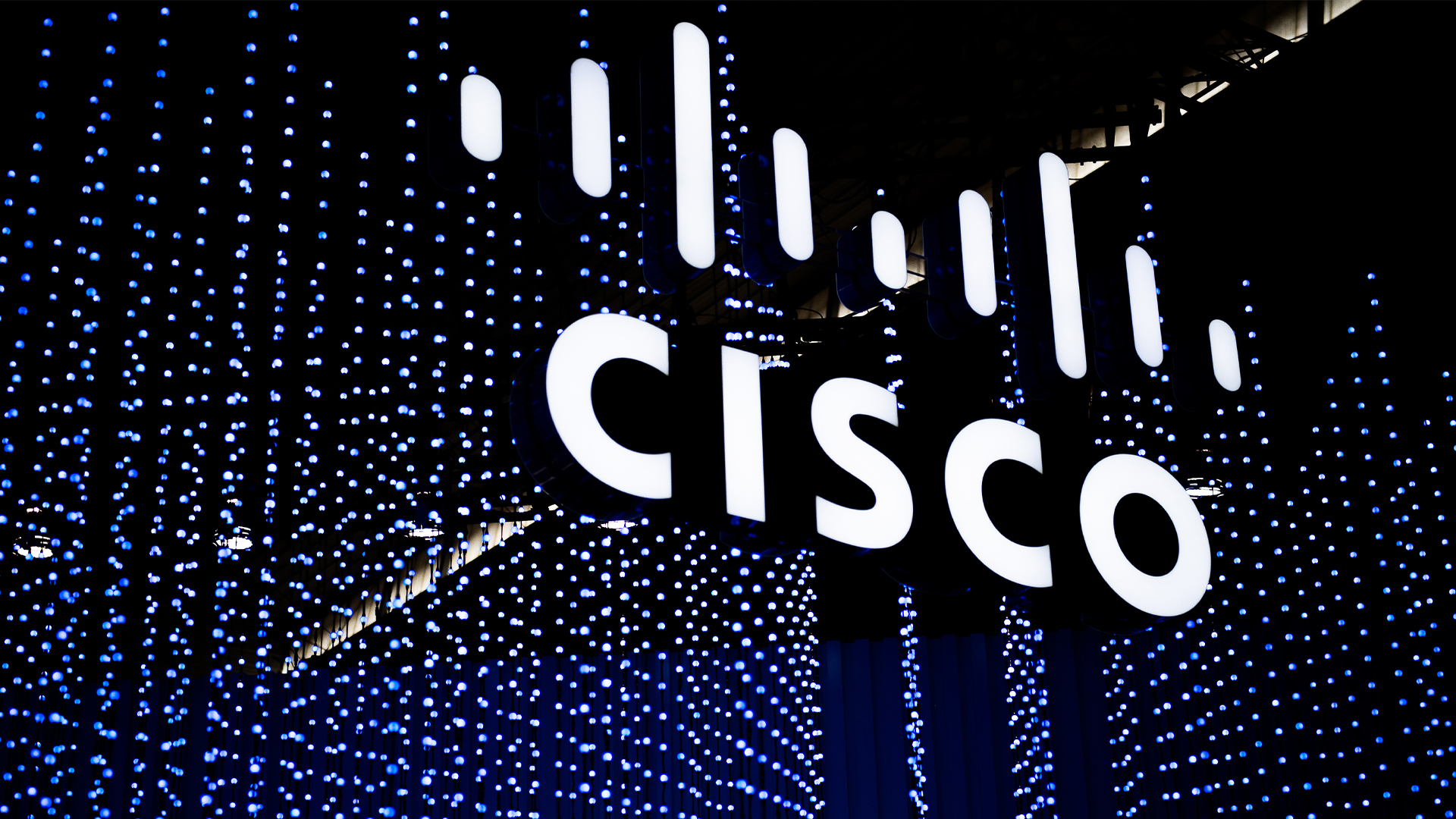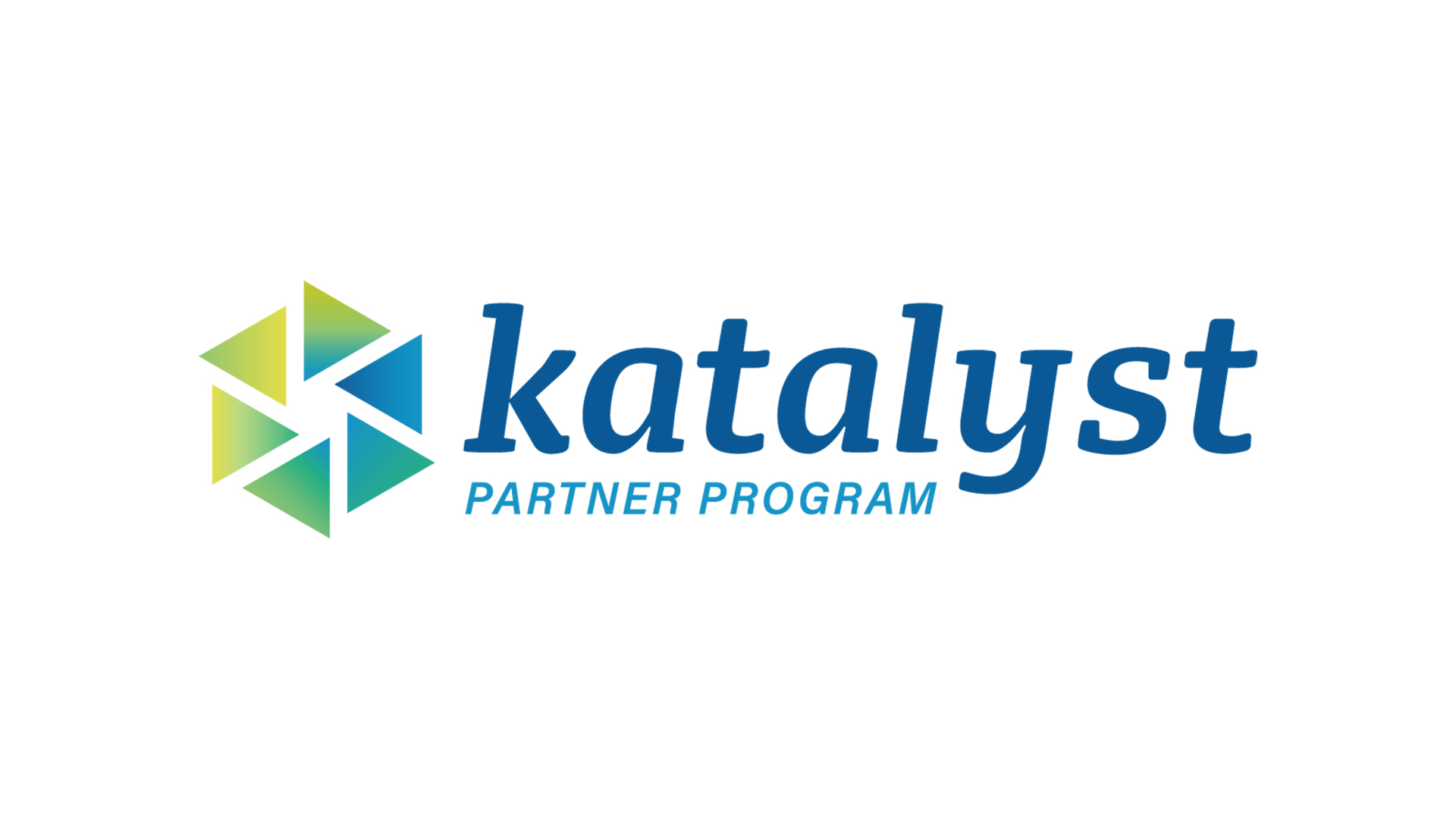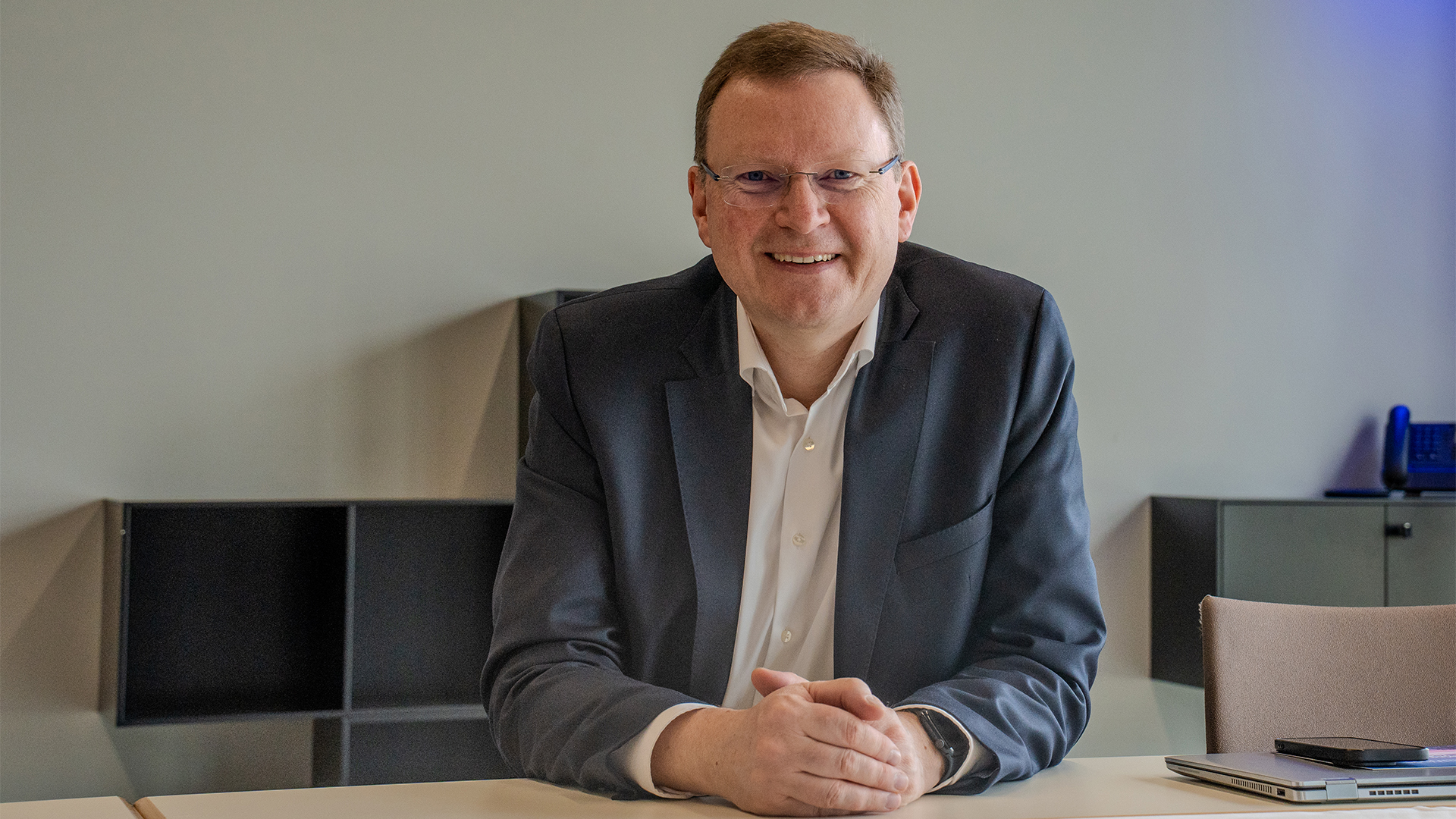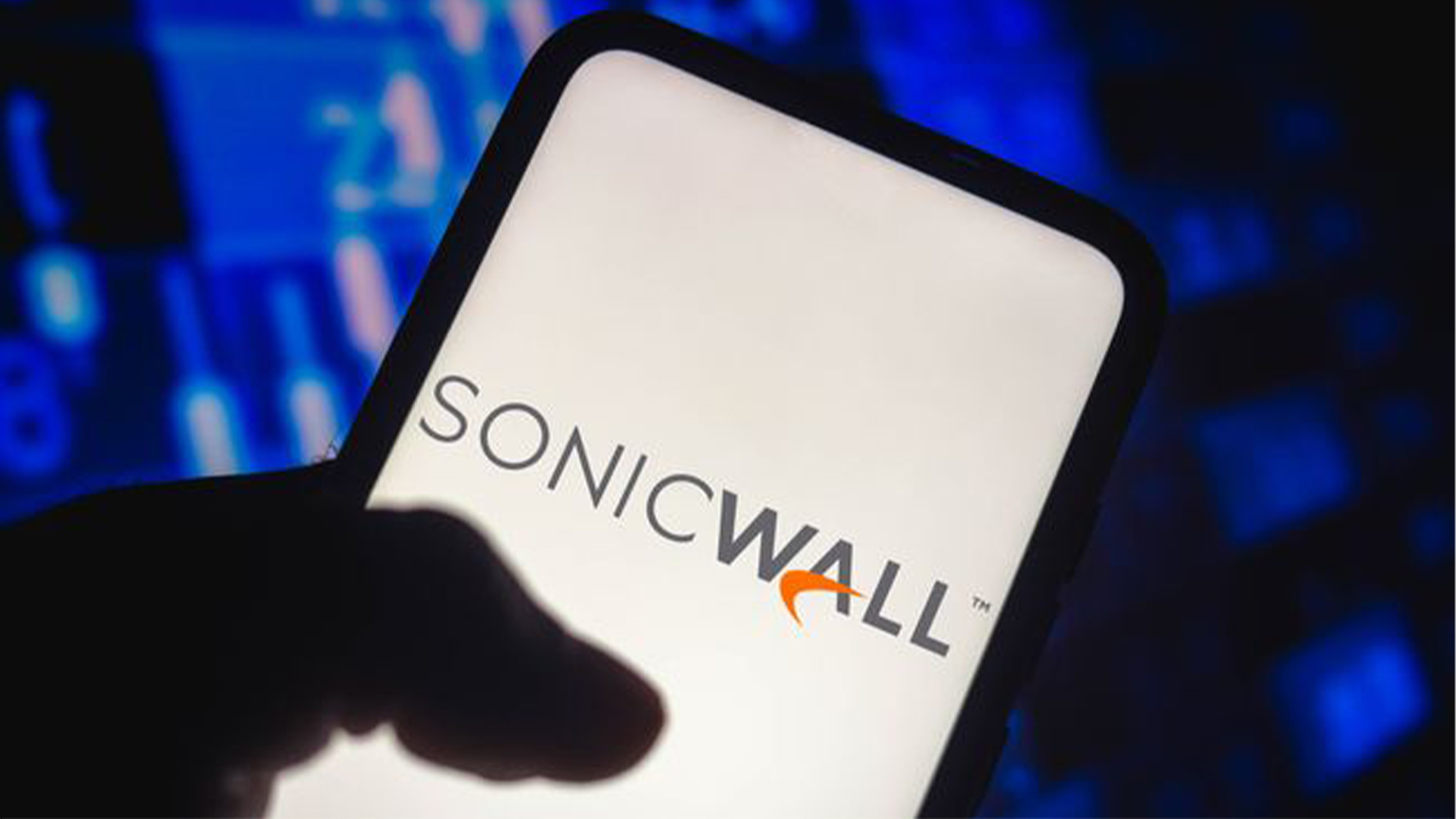Millennials in the channel: Is it time to rethink partner programmes?
Millennials will make up over 50% of the workforce this year – vendors need to reassess incentive programmes for this new type of partner


The IT sales channel is evolving at a rapid pace. A new generation of partners comprising non-transacting influencers, advocates and alliances is appearing in the channel. Indeed, IDC has predicted that by 2021 at least 30% of channel players will not exist in the format we know them today.
But one of the biggest changes shaping the new channel landscape is its changing demographic. Millennials are on course to make up more than 50% of the UK workforce by 2020, according to the Institute of Leadership Management, with Generation Z (those born between 1997 and 2012) also set to enter the workforce in the coming years.
Compared to Baby Boomers and Generation X, they believe the degree to which an employer embraces technology and innovation is a factor in influencing where they work, they have specific expectations of what their employer should deliver and think the technologies they rely on in their personal lives also empower their productivity in the workplace.
Elsewhere, a 2018 Spiceworks survey examining purchasing habits across different generations of technology buyers found that compared to the previous generations, millennials (those born between 1981 and 1996) require a different set of marketing tactics to reach and engage them.
Considering these changing expectations – coinciding with the emergence of a new type of non-traditional, non-transacting channel player – is it time that technology vendors reassessed their legacy, performance-based incentives programmes to rethink how they motivate and drive loyalty with this next generation of partner?
Richard Eglon, marketing director at channel firm Agilitas, believes so. He points out that with a new generation of leaders influencing the channel, vendors need to change how they incentivise partners around their partner rebate schemes.
“The focus is currently heavily skewed towards low touch with the vendor without an easy method to self-serve the end customer. In order to get ahead in the new world vendors need to be supporting their partners much more by encouraging increased collaboration as this is the best way to understand their target market and remain relevant,” he tells Channel Pro.
ChannelPro Newsletter
Stay up to date with the latest Channel industry news and analysis with our twice-weekly newsletter
“A new approach to vendor partner marketing also needs to be addressed with much more focus around influencing key target audiences through multi-channel digital broadcasts. Millennials are much more savvy when it comes to the traditional methods of marketing so vendors need to find new ways to engage with these new audiences in order for them to become key brand ambassadors of vendors’ technology solutions.”
Eglon also notes that in a changing world where the environment is leading the charge, partner programmes need to recognise sustainability by implementing new business models that drive extended life of hardware, as the current model is based around replacing ‘not so old’ with ‘new’ on too much of a regular basis.
“For example using a more circular approach that involves end of life support or recovering IT hardware at the end of its life, and putting the materials back into use, rather than disposing of them. Recycling hardware presents more potential for recurring and annuity revenue for channel companies, keeping the relationship going for longer,” he explains.
Elsewhere, Mike Cullen, VP of customer experience and business strategy at SolarWinds MSP, says that the managed services market is seeing the growth of a core set of early career workers who “think fast and want to get things done quickly”.
“On the MSP side of the house, there is also maturity happening with techies evolving into true business leaders. It’s a blended workforce and we need both the experience and the energy working side by side. It’s not just about moving fast; it’s about moving forward, and that’s what we want for our partners,” he says.
Cullen says the firm has adopted a model that supports the idea that “change is a constant, but the ability to quickly turn change into a success driver is what matters most”. The company now offers initiatives like an MSP Institute for training and education, and customer success teams focused on ensuring that its channel partners have what they need most for their businesses.
“The new ‘shiny things’ don’t build loyalty. What builds loyalty is proven, repeatable processes and programmes that show you’re in it, with your partner, for the long run,” he tells Channel Pro.
Nevertheless, too many vendors and partners still operate in the old model of a ‘Gold, Silver, Bronze’ partner mentality, which is often solely focused on hardware sales and not services and sustainability, says Eglon. “Vendors need to identify new partner accreditations that are more aligned to current market dynamics,” he says.
However, Forrester says this changing demographic of partner is making some IT vendors to change their incentive strategy, and that they are already investigating rewarding them based on their expertise in sub-industries, geographies or technology stacks instead of traditional revenue thresholds.
There is no denying the changing face of the channel, and vendors that adapt their marketing, sales and channel engagement strategies to align with the millennial mindset and their preferences, will have the upper hand with it comes to outperforming the competition.
Christine has been a tech journalist for over 20 years, 10 of which she spent exclusively covering the IT Channel. From 2006-2009 she worked as the editor of Channel Business, before moving on to ChannelPro where she was editor and, latterly, senior editor.
Since 2016, she has been a freelance writer, editor, and copywriter and continues to cover the channel in addition to broader IT themes. Additionally, she provides media training explaining what the channel is and why it’s important to businesses.
-
 CISA issues warning in wake of Oracle cloud credentials leak
CISA issues warning in wake of Oracle cloud credentials leakNews The security agency has published guidance for enterprises at risk
By Ross Kelly
-
 Reports: White House mulling DeepSeek ban amid investigation
Reports: White House mulling DeepSeek ban amid investigationNews Nvidia is caught up in US-China AI battle, but Huang still visits DeepSeek in Beijing
By Nicole Kobie
-
 Cisco names Oliver Tuszik as global sales chief
Cisco names Oliver Tuszik as global sales chiefNews Cisco has announced the appointment of Oliver Tuszik as its new executive vice president of global sales, who replaces Gary Steele.
By Daniel Todd
-
 Katun targets accelerated growth, greater collaboration with new partner portal
Katun targets accelerated growth, greater collaboration with new partner portalNews Printing and imaging specialist Katun has announced the launch of its new Katalyst Partner Portal, designed specifically to drive channel collaboration.
By Daniel Todd
-
 ‘Here in the European market, I think we are in a good position’: DocuWare CEO Dr Michael Berger on the company’s rapid growth
‘Here in the European market, I think we are in a good position’: DocuWare CEO Dr Michael Berger on the company’s rapid growthNews ChannelPro sat down with DocuWare CEO Michael Berger to discuss the company's rapid growth and channel strategy.
By Bobby Hellard
-
 Group-IB launches partner program as channel-first strategy kicks off in Europe
Group-IB launches partner program as channel-first strategy kicks off in EuropeNews The vendor said the initiative reflects its commitment to building a resilient cyber security ecosystem across Europe
By Daniel Todd
-
 Datatonic eyes fresh growth drive with new CEO appointment
Datatonic eyes fresh growth drive with new CEO appointmentNews Datatonic has announced the appointment of Scott Eivers as its new CEO as the enterprise data and AI solutions provider looks to its next phase of growth.
By Daniel Todd
-
 Marketing talent brain drain could stunt channel partner success
Marketing talent brain drain could stunt channel partner successNews Valuable partner marketing skills are at risk of being lost as the structure of channel marketing teams continues to shift, according to new research.
By Daniel Todd
-
 LevelBlue launches new partner program that’s “built for the future”
LevelBlue launches new partner program that’s “built for the future”News The new partner initiative features a flexible, consumption-based model to help partners drive revenue
By Daniel Todd
-
 SonicWall pins ‘transformational year’ on strong partner growth
SonicWall pins ‘transformational year’ on strong partner growthNews The vendor’s channel-first strategy has fueled a 42% year-over-year increase in overall partner growth
By Daniel Todd